The Church is full of tradition, art, and meaning—and its clothing says a lot. From priests to the Pope, what they wear shows their role and responsibility. One of the most iconic and mysterious pieces of the Pope’s outfit is the Fisherman’s Ring.
The ring goes back to St. Peter, who was a fisherman before becoming the first pope, and it's been part of papal tradition since at least the 1200s. At first, it wasn’t just symbolic—the Pope used it to seal official documents. Over time, it became a powerful sign of authority. Each pope gets a custom ring engraved with his name and a fisherman design, a reference to Peter’s call to be a “fisher of men” (Matthew 4:19). The style of the ring changes with each pope. John Paul II had a simple, classic gold ring. Francis chose a silver-plated one in 2013 to highlight humility. While the rings used to be solid gold, modern popes tend to pick simpler materials, matching the Church’s shift toward modesty.
How is the Pope’s ring?
Known as the “Fisherman’s Ring,” this piece symbolizes the bond between Jesus and the Church. It can only be worn by the Pope once he assumes office. The ring features an image of St. Peter, Jesus’s disciple and a fisherman by trade, along with the current Pope’s name inscribed in Latin.
The history of this ring is shrouded in mystery. Still, it is believed to have originated with a letter from Pope Clement IV to his nephew, in which the ring is mentioned as a tool for sealing letters in an official capacity.
Tradition and change around the Fisherman’s ring
Tradition gives the Fisherman’s Ring even deeper meaning. Catholics kiss it to show respect for the Pope’s authority. When a pope dies, the Camerlengo destroys the ring by striking it with a silver hammer to prevent forgery and officially close the pontificate. Even today, small changes like Pope Francis choosing a silver-plated ring to show humility reflect how the Church’s traditions adapt while holding onto their core meaning.
Pope Francis’s Fisherman’s ring
Tradition dictates that the Pope’s ring should be made of gold, symbolizing power and majesty. However, when Pope Francis was elected as the leader of the Church, he chose to break from tradition by opting for a white gold ring. This choice reflected the humility that characterized his papacy.
Gradually, a new tradition began to take shape. Once a new Pope is elected, the Dean of the College of Cardinals presents the ring to the newly elected pontiff, to be worn daily without exception. This ring becomes so iconic and sacred that many people show their respect and admiration by kissing it.
Another intriguing and mysterious aspect of the Pope’s ring is that Church tradition dictates the ring must be destroyed upon the death of the Pope, symbolizing the end of an era and preventing the falsification of documents. This is done with a hammer that crushes the ring into small pieces, which are then used to create the next Pope’s ring. The only exception to this tradition occurred when Pope Benedict XVI resigned.
Various artisans from local workshops in Rome typically craft these rings. For example, the request for Benedict XVI’s ring was given to Claudio Franchi, a jeweler and art historian, who worked 15-hour days for two weeks to create the piece. On the other hand, Pope Francis chose a design by visual artist Enrico Manfrini.

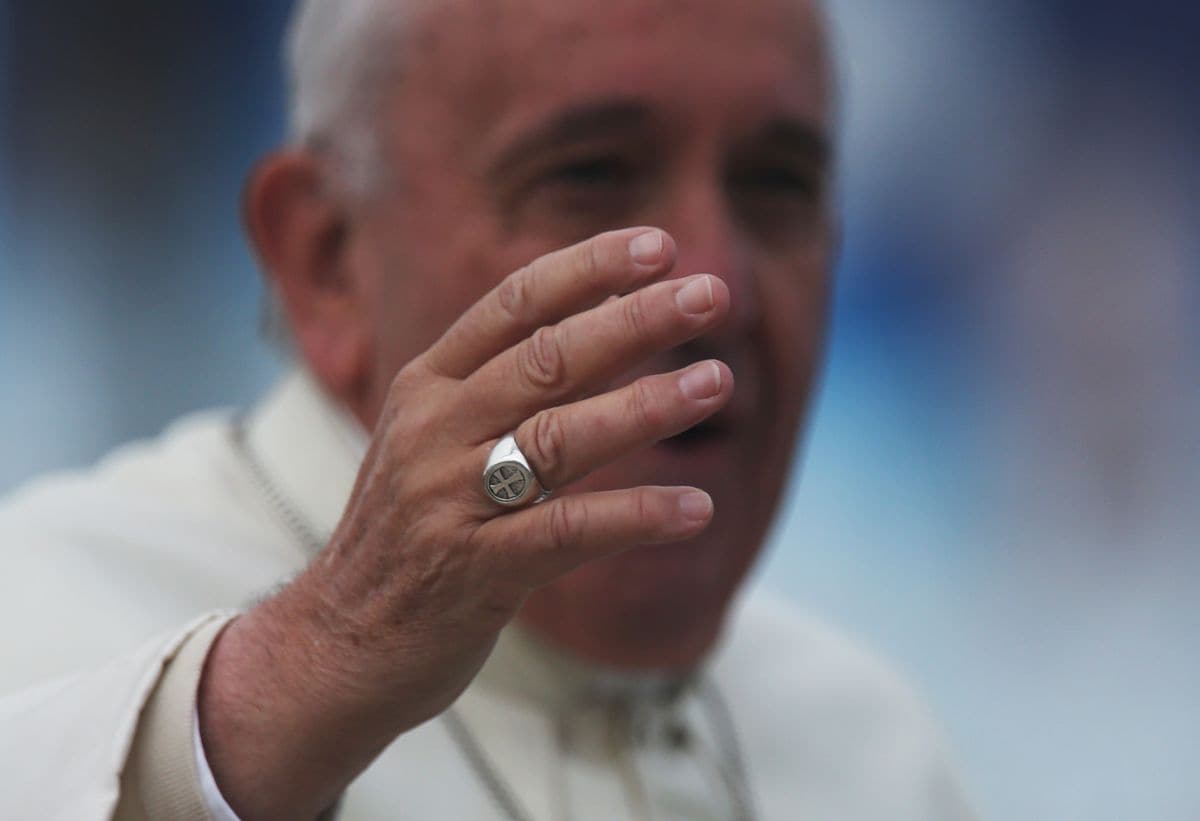
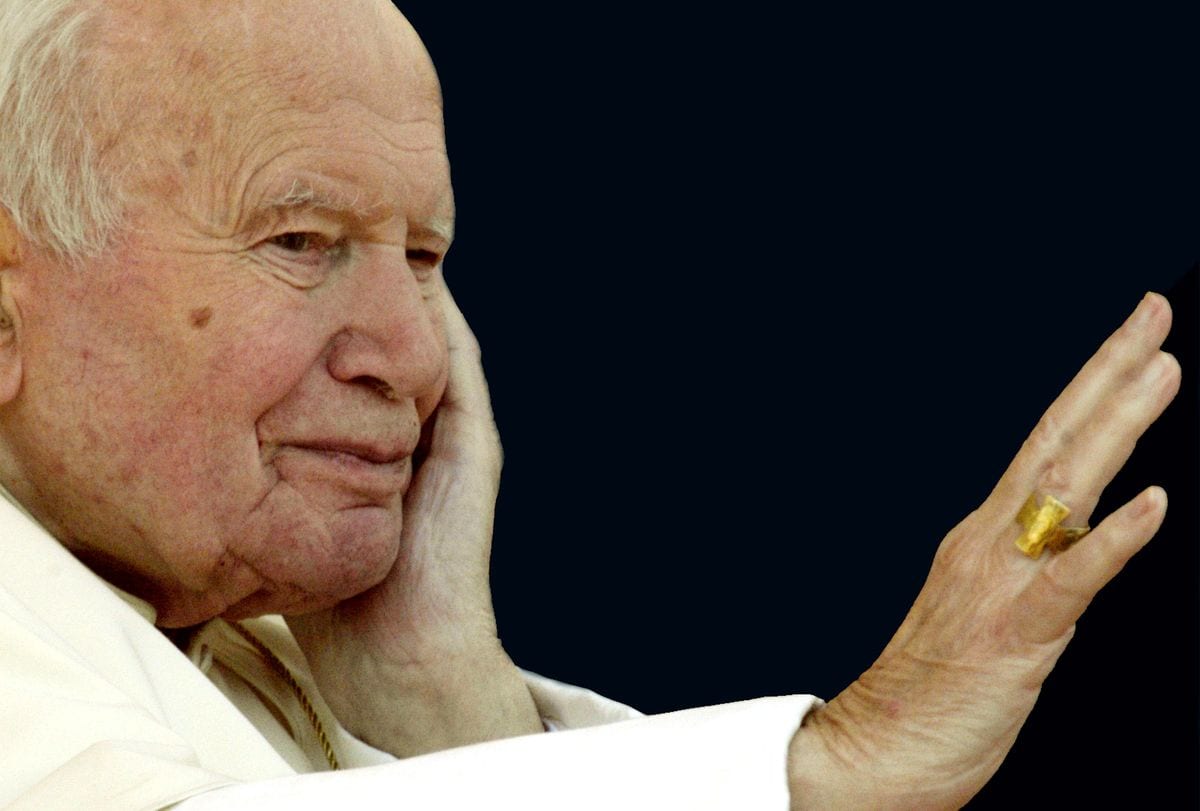
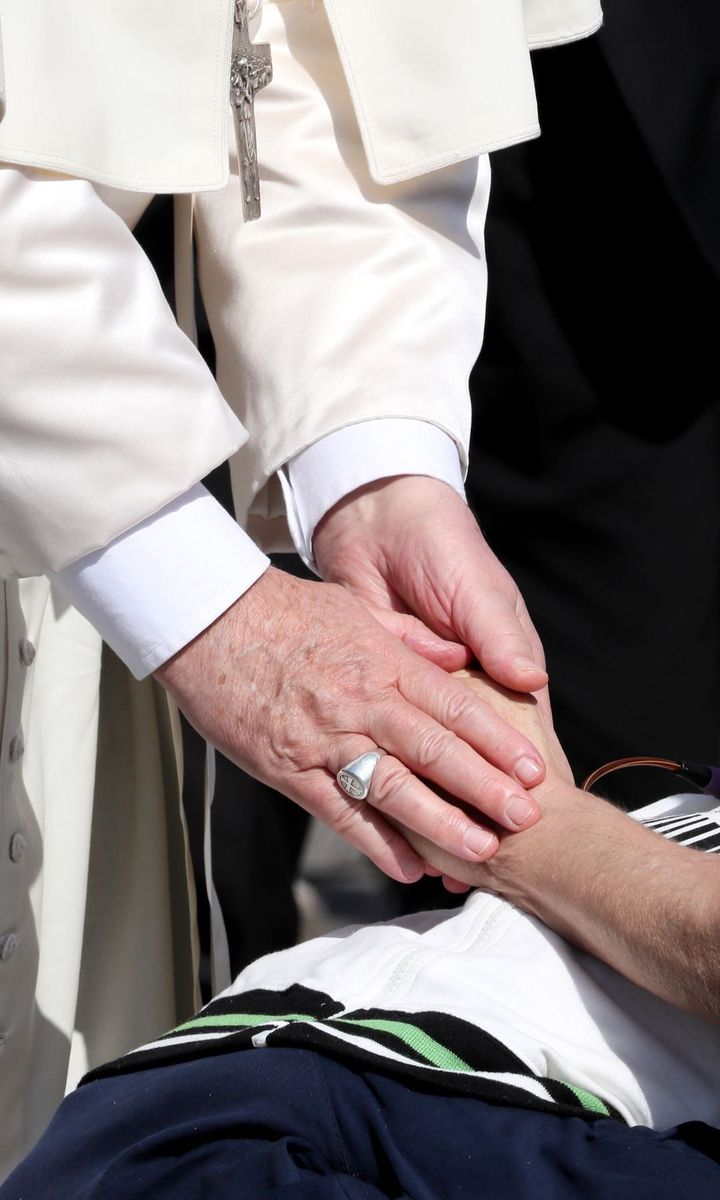
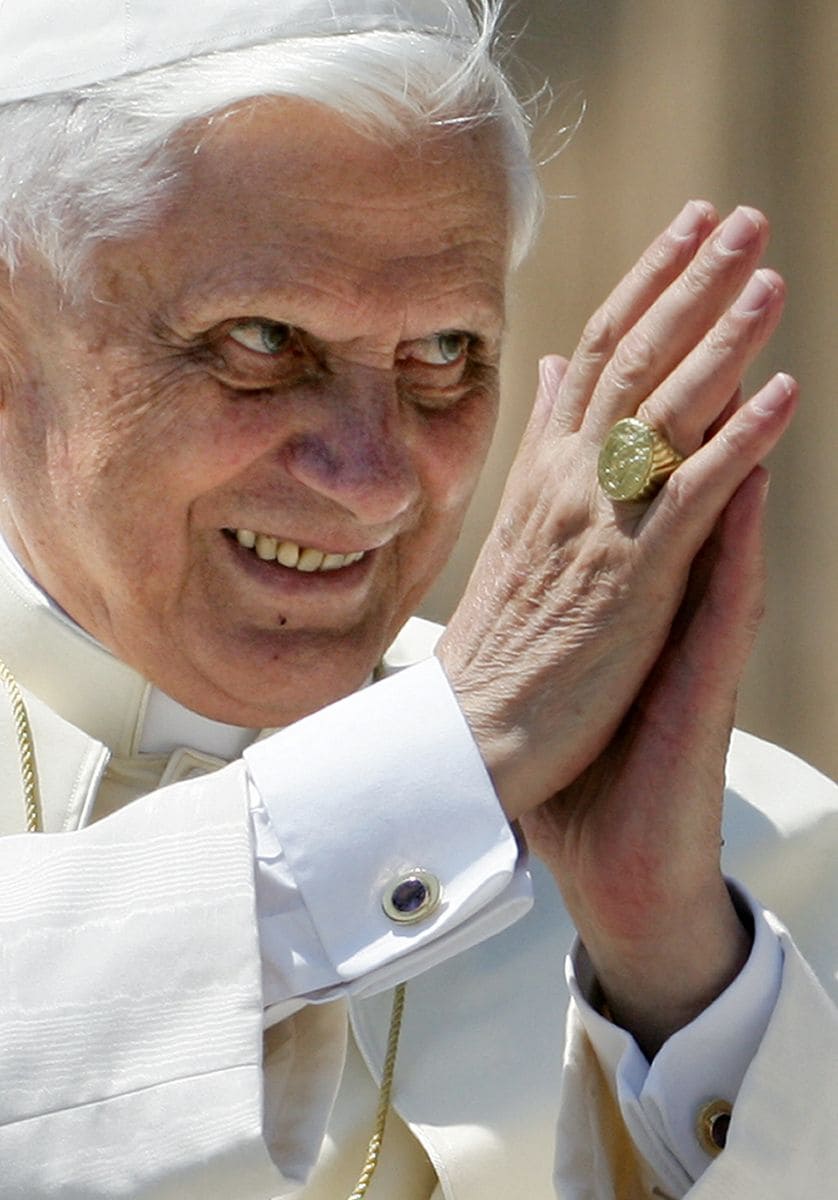
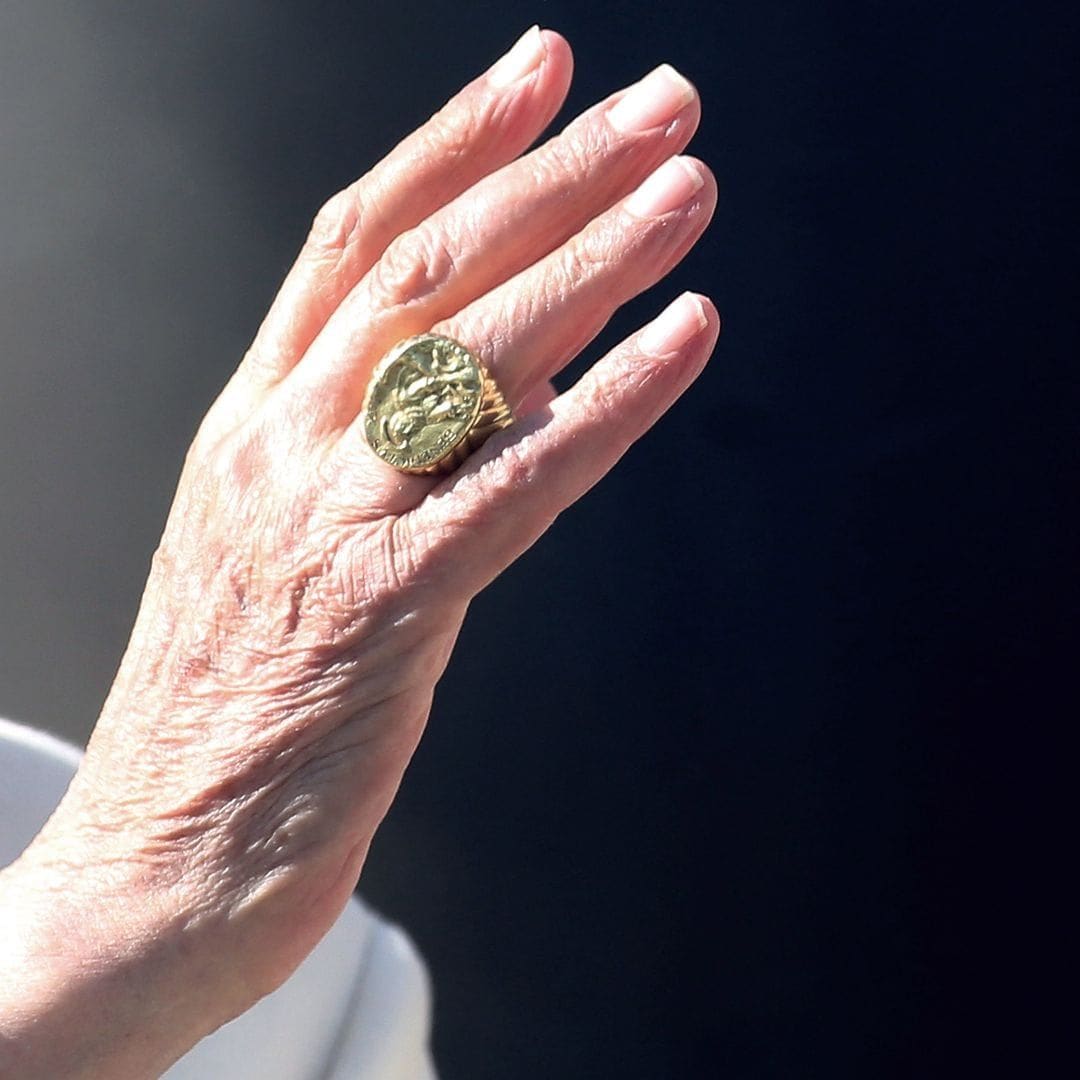
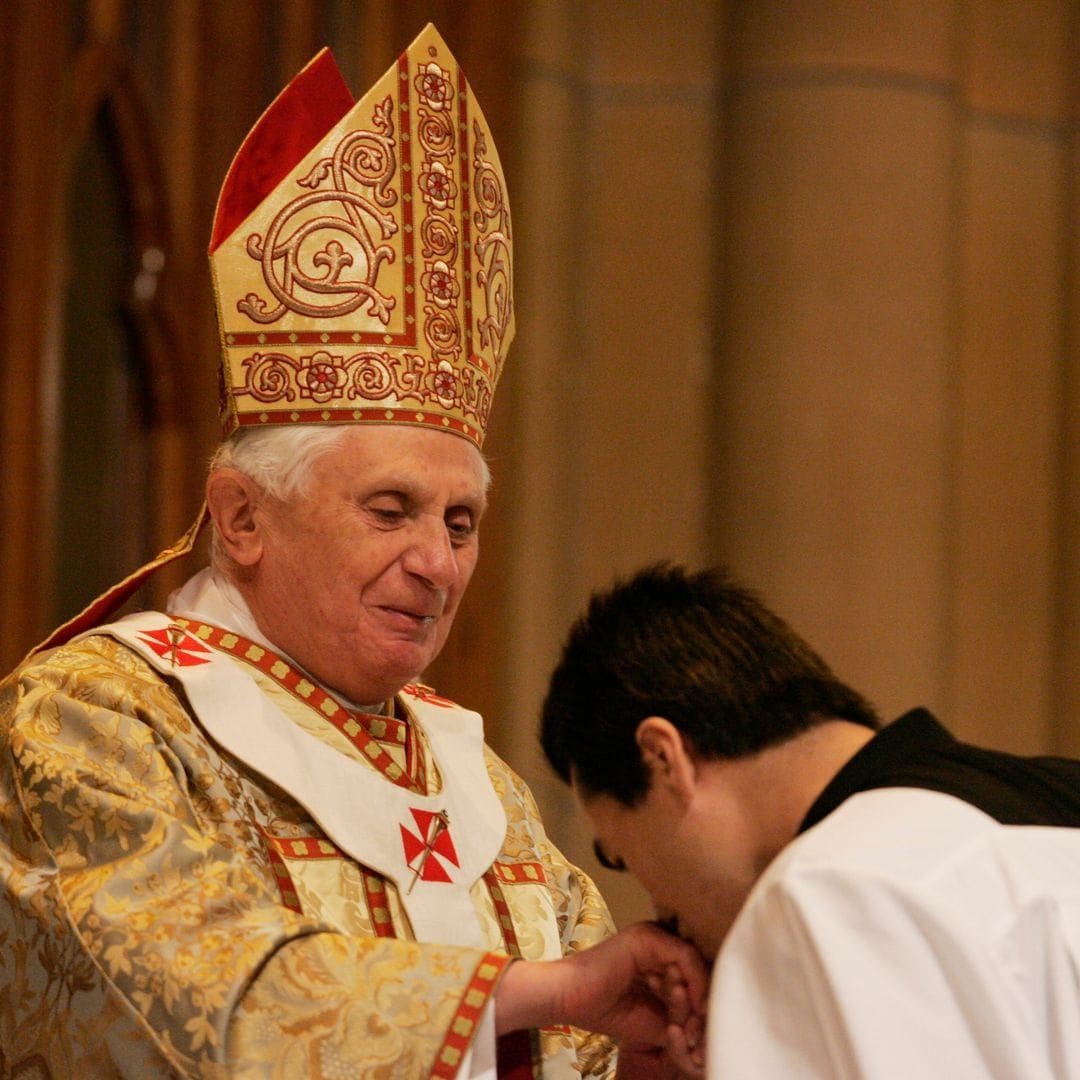
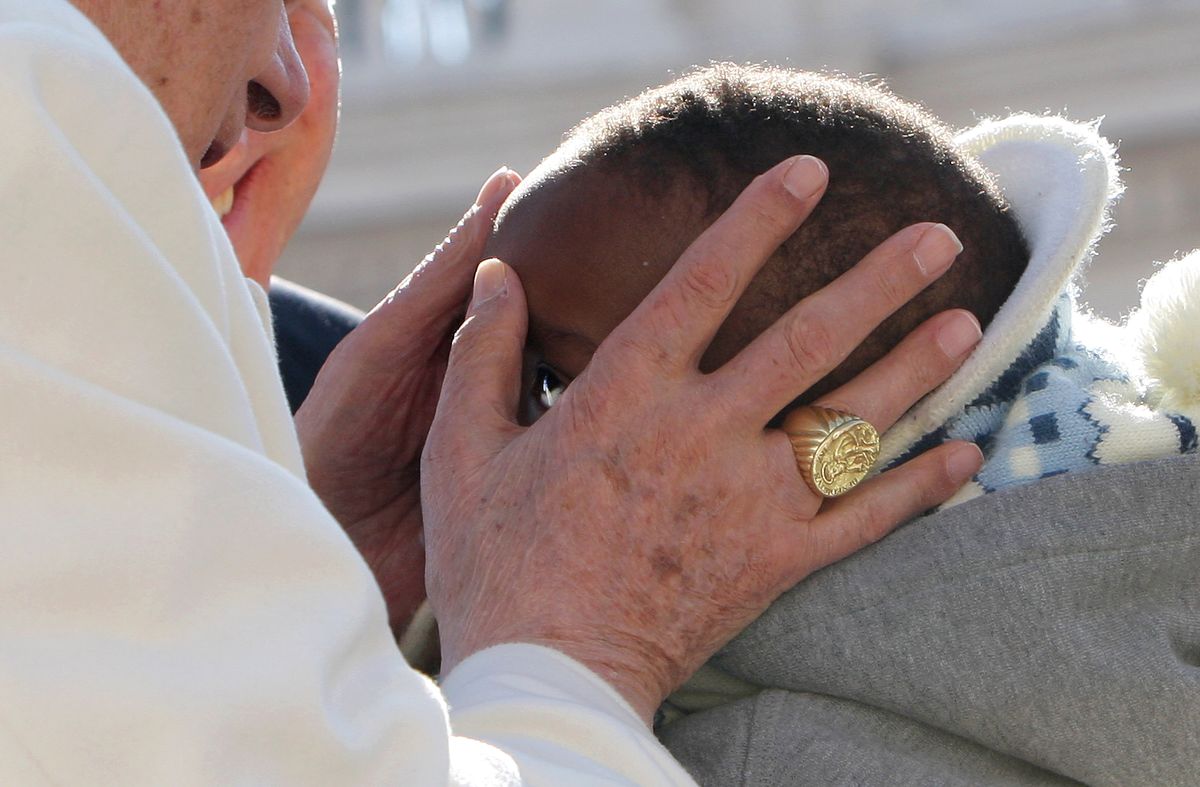



![Ben Affleck, Jennifer Garner, and Jennifer Lopez ran into each other: Here’s where [VIDEO]](https://www.hola.com/us/horizon/square/6a63bd3fa666-gettyimages-2171313958.jpg)